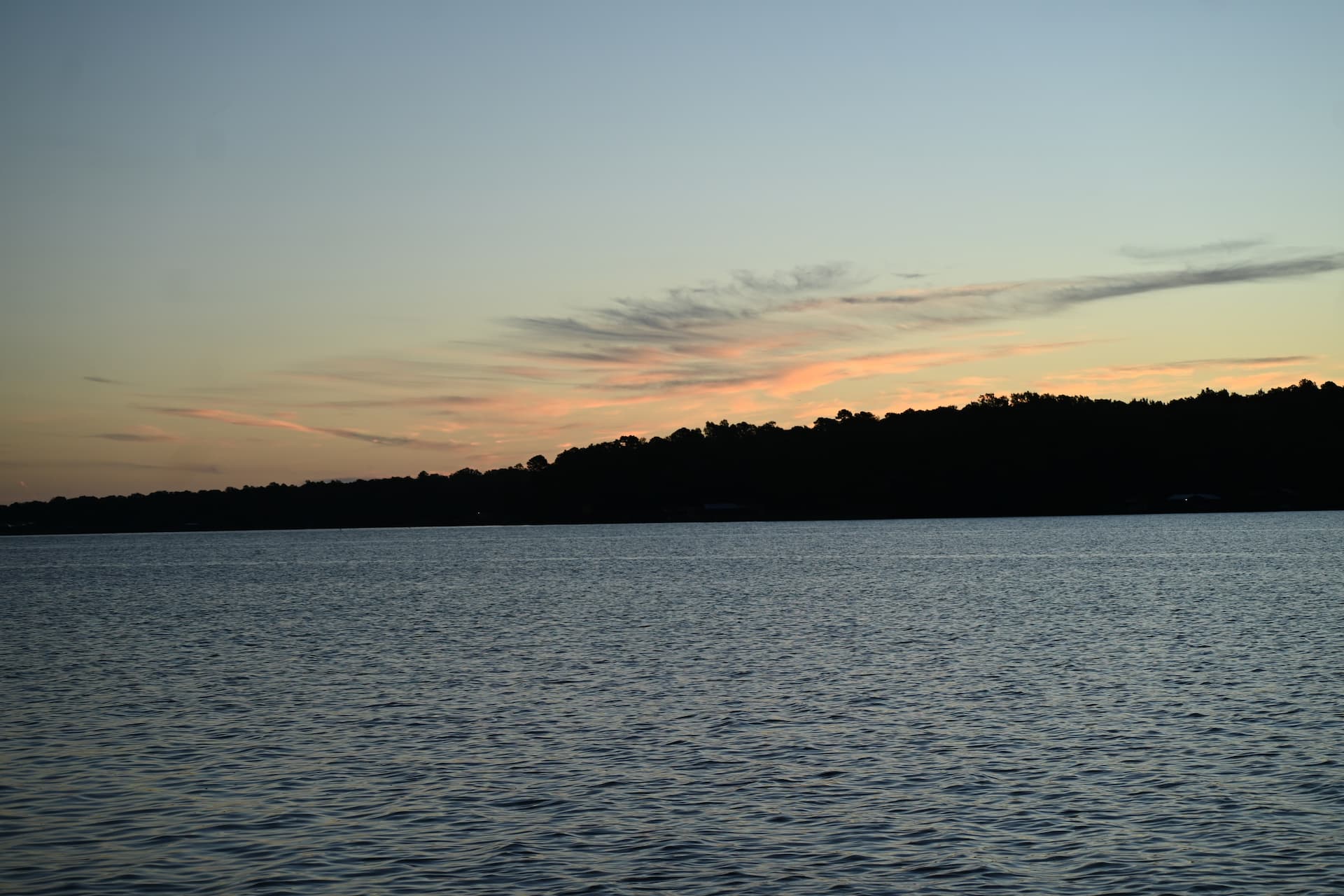Introduction
Many anglers fondly remember catching their first fish, often a feisty bluegill. Bluegills are not only great for sport, but they also taste wonderful on the table. People of all ages enjoy pursuing them due to their eagerness to bite various baits and lures, making them accessible with all kinds of fishing gear. Bluegills are incredibly versatile, serving as both a sought-after sport fish and a crucial food source for bass, particularly the latter role. In order for a lake or pond to have healthy bass populations, bluegills need to be present as a main food source. Bluegills offer significant advantages as they can produce multiple batches of young during both seasons.
For the bluegill to thrive, it’s important to maintain a balance with predators like largemouth bass, as an overabundance of bluegill can be prevented through well-managed bass harvesting.
Bluegills mostly dine on insects, both aquatic and terrestrial. Larger bluegills also consume small fish. They are quite receptive to commercial catfish feed. If fed such feed in a bass pond, the production of forage fish can greatly increase. Well-managed ponds commonly see bluegills reaching weights of up to a pound. A variety called the coppernose bluegill found in the southern regions can grow even larger, exceeding two pounds.
Spawning
Mature bluegills, about 4″ or larger, start spawning in late spring when the water temperature warms to around 70 degrees F. This continues through summer until the temperature exceeds 85 degrees F. After the heat of summer, spawning persists until temperatures drop below 70 degrees F, usually in September. Males create small cylindrical nests in shallow waters (around 1′-3′) by fanning out depressions with their tails, often in sandy or gravel areas. Females are attracted to these nests, depositing up to 25,000 eggs. Males then guard the eggs for 4-5 days until they hatch. After hatching, males protect the young for about a week, after which they become vulnerable to predators, underlining the importance of ample cover near spawning sites.
Stocking
For optimal spawning success, stock bluegills in early spring or early fall. If you’re looking to enhance bluegill sizes for sport fishing, consider supplementally stocking coppernose bluegills. When stocking new areas, introduce small bluegills at least six weeks before bass or alongside brood bluegill when stocking bass. To establish bluegill in existing bass lakes or ponds, it’s better to stock adults (4″ or bigger) to ensure not all fish are immediately preyed upon.
Where can I purchase live bluegill?
Danbury Fish Farms offers quality live bluegill sunfish for sale, from small sizes for forage all the way up to adult sizes for a fun fishing experience to stock your lake or pond. Bluegill sunfish are a great choice, easy to care for and offer a fun fishing experience for adults and kids of all ages. They are easy to catch and offer a good fight! Give us a call to check availability, get stocking advice, and place your order for your live bluegill! Call (979) 922-8414 today!

